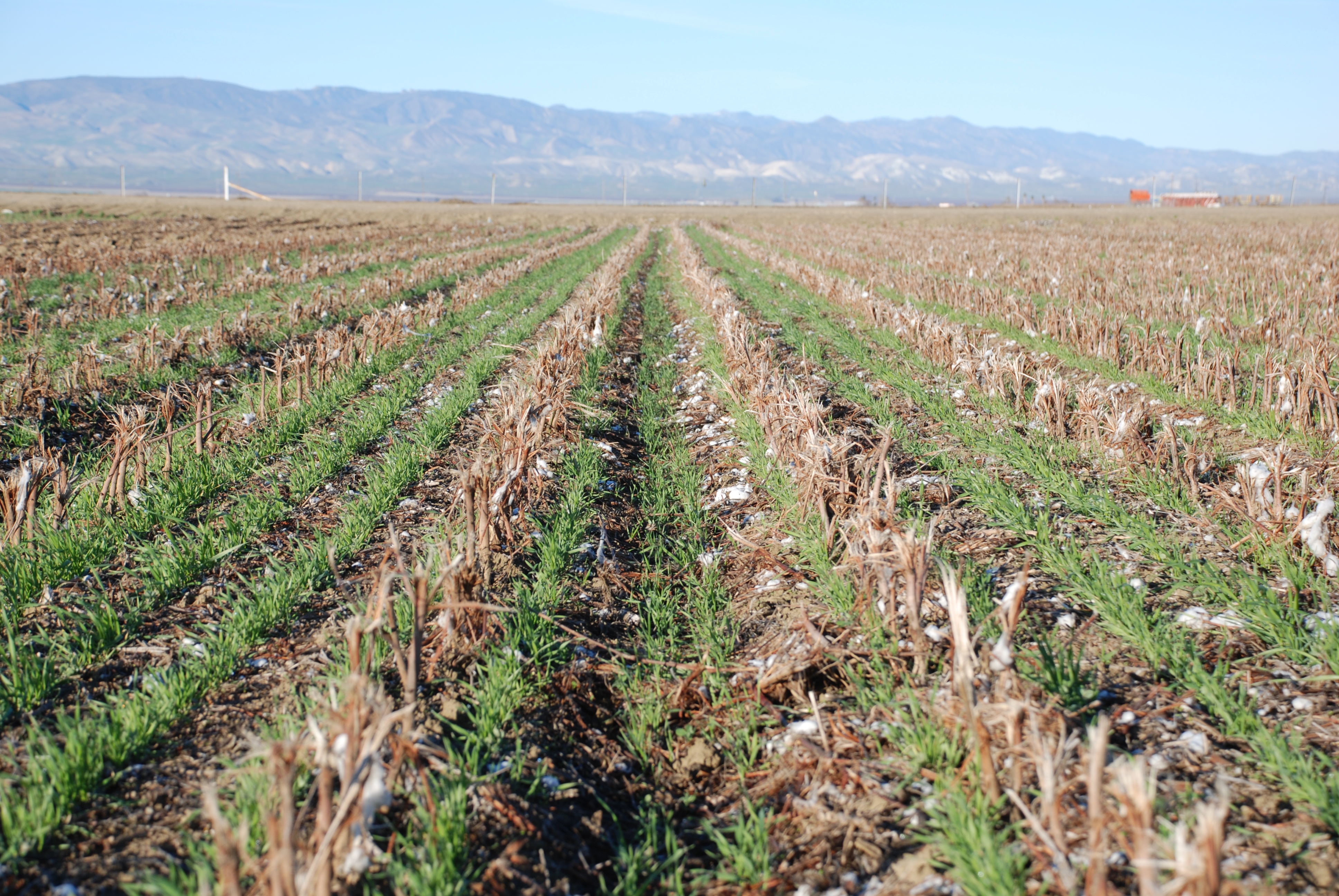A lot can be done to stop our natural resources and landscapes from being destroyed further by adopting following measures:
1. Better agricultural practices:
Proper use and management of diversified landscapes will help human beings survive better. Instead of practising terraced farming, shifting agriculture and partially-settled agriculture, farmers and administrators should plan the agriculture of a region in such a way that they cause minimum destruction to agricultural land.
Instead, with practices like crop rotation and timely and efficient harvesting, more crops can be produced with no destruction. This will help agriculture last long because with the right environmental practices, rains will follow and farmers will be able to bring their produce to the market at the right time. This is also important to meet the food requirements of the world’s growing population.
2. Decreasing overgrazing:
ADVERTISEMENTS:
Vast stretches of grazing lands could once supply for the livestock economy of the rural people. But with overgrazing, these lands have become unproductive. If the right places are used for grazing at the right time of the year, they can provide for the food requirements of the livestock while not disrupting the productivity of the fertile land. In fact, excretes from animals act as manure if managed properly. Land sharing for agriculture and grazing can therefore be a productive cycle.
3. Better use of land:
We need to make optimum usage of existing land to create more space. Better agricultural practices, reducing exploitation of forestlands and grasslands and curtailing construction activities will help save land. In this way forests will be safeguarded and we will be able to conserve forests, rainforests and the hills.
4. Waste management:
Proper measures need to be adopted to dispose wastes generated by human activities. It is now important for mankind to learn to reduce, reuse and recycle. This way, not only we will be able to reduce the waste generated, and can control industrial processes that involve mining and digging. The more we consume, the more the earth will be mined to extract metals and minerals.
ADVERTISEMENTS:
Currently, most of the waste is either burnt in incinerators or dumped into landfill sites, causing environmental damage. Land filling is harmful for the soil as it takes up valuable natural space and causes air, water and soil pollution. Burning and land filling the waste are both harmful for our surrounding flora and fauna.
Therefore, proper disposal of waste is very important. To preserve our natural and man-made landscape, garbage needs to be burnt, made into compost or disposed off in a sanitary landfill. With sanitary landfills, waste is deposited in dumps to be eventually covered and levelled to create public utility areas.
We can manage waste by following the 3Rs.
i. Reuse:
ADVERTISEMENTS:
We must reuse goods and resources so that unnecessary exploitation of natural resources due to urbanization and industrialization can be avoided.
ii. Recycle:
If we recycle products, then we will be able to use more products using the same amount of resources. This way we will be able to solve the problem of excess waste of plastics, polythene as well as food.
iii. Reduce:
Another way we can help waste management is to reduce the way we consume. If we learn to curb habits of consumerism, the demand will reduce and we will be able to reduce industries that draw on our natural resources.
5. Checking land degradation:
Nearly all of the about 175 million hectares of degraded and cultivated land in India is under threat of soil erosion. Due to India’s sporadic rainfall, some areas face droughts while others are prone to floods. If rainwater is properly stored and utilised, it can become a precious resource for the country.
When rainwater is allowed to run-off, not only does it result in shortage of water but it also causes soil erosion. Safeguarding land’s surface from the effects of the urbanization and industrialization will help control land degradation.
While the government needs to address issues of poverty and land ownership among farmers, farmers should practise crop rotation, wasteland cultivation and reduce the use of fertilizers and pesticides. This way we will also be able to maintain the green cover.
6. Reclamation of wasteland:
Human activities have spoilt the precious landscape and now activities are on to rejuvenate wastelands. Reclaiming wastelands can help add to land as land is a fast depleting resource. Wastelands can be reclaimed by bringing them under cultivation and by adopting measures such as contour bunding, terracing, and trenching treatment of soil.
Also, picking the right crops to fertilize these lands will also help to make the lands productive. Water harvesting can also be undertaken by creating structures such as nalla bunding and building percolation tanks.
7. Government polices and human endeavour:
The government, along with various nongovernmental agencies, has initiated programmes and policies to enable sustainable development. These involve taking into consideration environmental practices that are good for the environment, and human activities that work in favour of the environment.
i. We need government policies that are able to provide better environmental practices while at the same time making sure that they are equally beneficial for the economy.
ii. Creating agricultural varieties that require minimum use of insecticides and pesticides but also provide profitable yield to farmers.
iii. Using urban areas for further development. Construction needs to be avoided at areas like forests, hills and on seashores.
iv. Residential and industrial areas need to be separated.
v. Dumping grounds and waste grounds should be away from populated regions.

